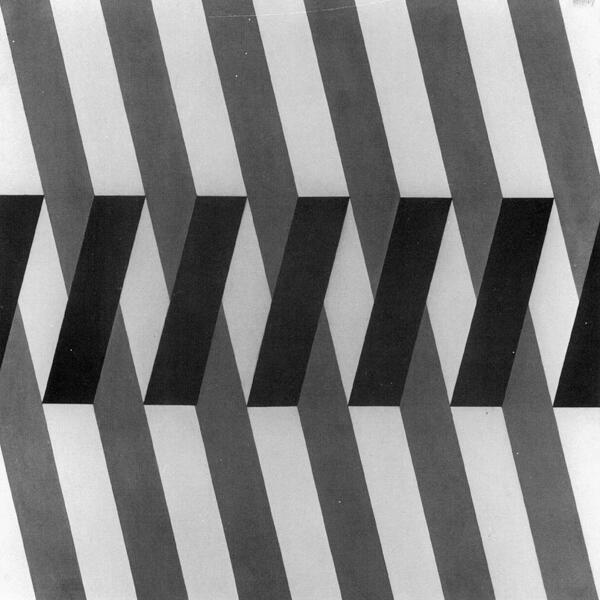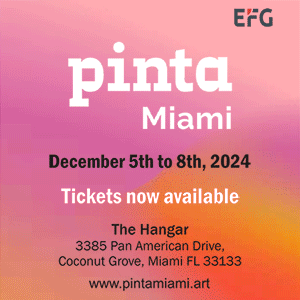Waldemar Cordeiro
Itaú Cultural, Sao Paulo
Ever since neoconcretism flooded the international art market, the world seems to have forgotten its earlier precursor. Waldemar Cordeiro, founder of the concrete movement in São Paulo, is now redimensioned in his historic relevance in an ample retrospective at Itaú Cultural, venue in the heart of the city where he created the Ruptura movement.

Just over six decades after the beginning of the movement, Cordeiro’s works occupy three entire floors of the museum. The top one has his early geometric abstraction, the embryonic investigations that were to become the driving force behind his conceptions of space and color.
As part of the show, many hardly seen works on paper have been restored and come to light, reshaping perspectives on Cordeiro’s impact on the rest of geometric abstraction in Brazil. His pioneering work with computer images, for example, reveals itself a literal translation of photography into graphic signals, the first step in the establishment of Brazilian pop art.
But Cordeiro knew his revolution would not be complete if he didn’t take to the streets. In life, his pieces never had much of a reception in the art market, but his landscape design projects were an attempt at translating his geometric concepts to the public realm. Most original part of this retrospective, one of his classic gardens designed in the 1950s was now just remade in the heart of Ibirapuera Park in São Paulo.







